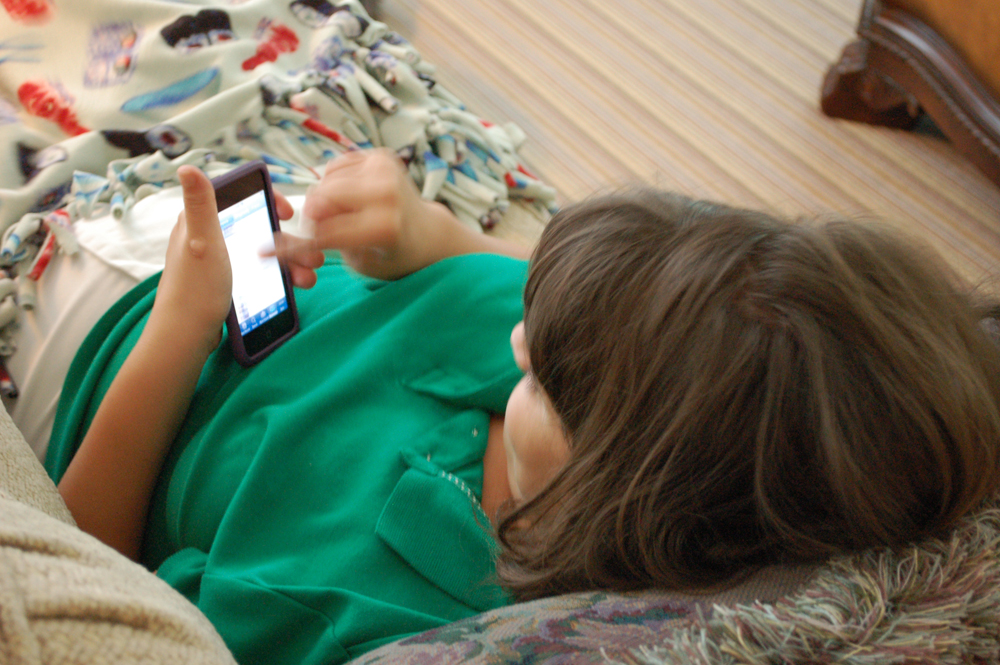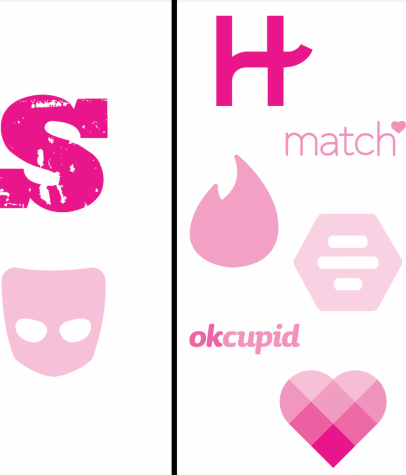Technology: Not So Evil, After All
A few weeks ago, a Yahoo News feature noted that “Internet gadgets and software are creating a virtual world of equality and opportunity for a large segment of the population once marginalized due to physical or mental impairments.” For those in the disability community, online job search engines are leveling the employment-seeking field, and social networks are opening up a world where its possible not to be judged first on disability.
But it’s not limited to the internet and Facebook. Assistive technology is getting more advanced and more intuitive. One of the best examples is Apple’s IPhone, ITouch, and IPad, with a slew of new apps designed to broaden accessibility. Many are designed to function with screen readers (like Apple’s VoiceOver) a software application that interprets what’s on a computer screen, and can reinterpret it in text-to-speech format or even Braille. One example is Proloquo2Go, released in 2009. It’s an incredibly powerful communication tool for people who are nonverbal or have difficulty with speech, modeled after (now) old-school augmentative and alternative communication devices (like DynaVox). Essentially, it’s a touch screen with storyboard icons that “speak” when pushed. These innovations are easing the everyday interactions of people with a variety of disabilities.
My sister is one of the beneficiaries of these new tools. She has a genetic disorder called Angelman Syndrome and is mostly nonverbal– she can only verbalize sounds like “ma,” “ba,” and a few others. She has been using Proloquo2Go on an ITouch for a while now. She hardly puts it down—we call it her “words.” The program makes communication much less frustrating, and it’s much smaller than her old communication device, so it’s easier to carry around. Plus, the ITouch is trendy, so it’s something her peers at school can relate to.
Next stop: Facebook. I hope she’s not too cool to accept her older sister’s friend request.
Photo: Amberley Romo







